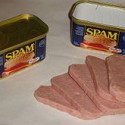January 6, 2001: Microsoft XBox Unveiled
Subscribe! Spotify | RSS | More
2001– It was CES where Microsoft unveiled the XBox video game system. The system had a 733 MHz processor, hard drive and 250MHz graphics processor. The console didn’t release until November 15, 2001.
XBox was the first American gaming system since the Atari Jaguar, which folded in 1996.
XBox live was added to the unit in 2002, but it was the ability to mod the XBox so people could turn their consoles into a XMBC (XBox Media Center).

Subscribe to Day In Tech History:
RSS Feed - iTunes - Android - Spotify - iHeartRadio
Facebook -
- RSS Bandwidth by Cachefly Get a 14 Day Trial
- Join me on Patreon and support Day in Tech History
- Jack Tramiel steps down as president of Commodore
- Apple introduces the Lisa and Apple IIe
- Liskula Cohen sues Google over Blogger remarks
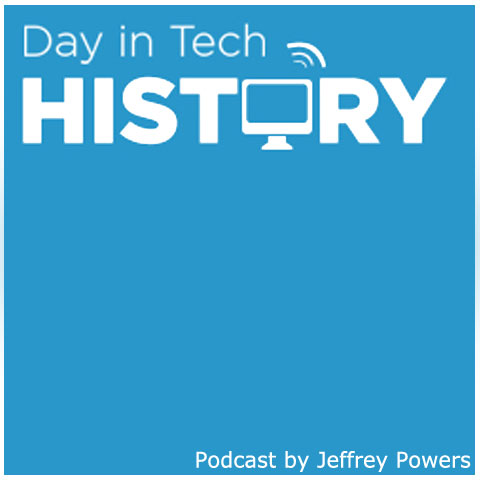


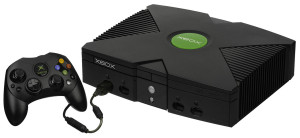
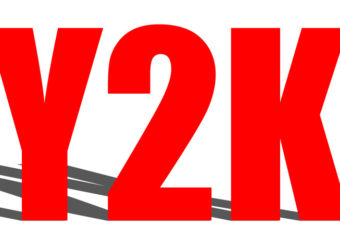


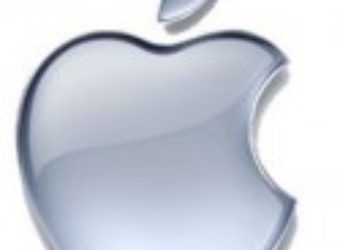
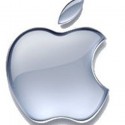

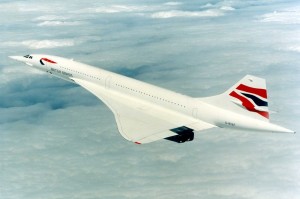

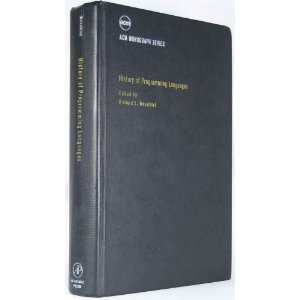


![Dan_Kaminsky[1] Dan Kaminsky](https://dayintechhistory.com/wp-content/uploads/2013/07/Dan_Kaminsky1-340x250.jpg)
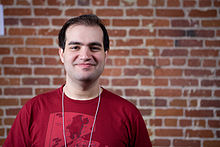
![SPAM-125x125[1] Spam](https://dayintechhistory.com/wp-content/uploads/2013/07/SPAM-125x1251-340x250.jpg)
